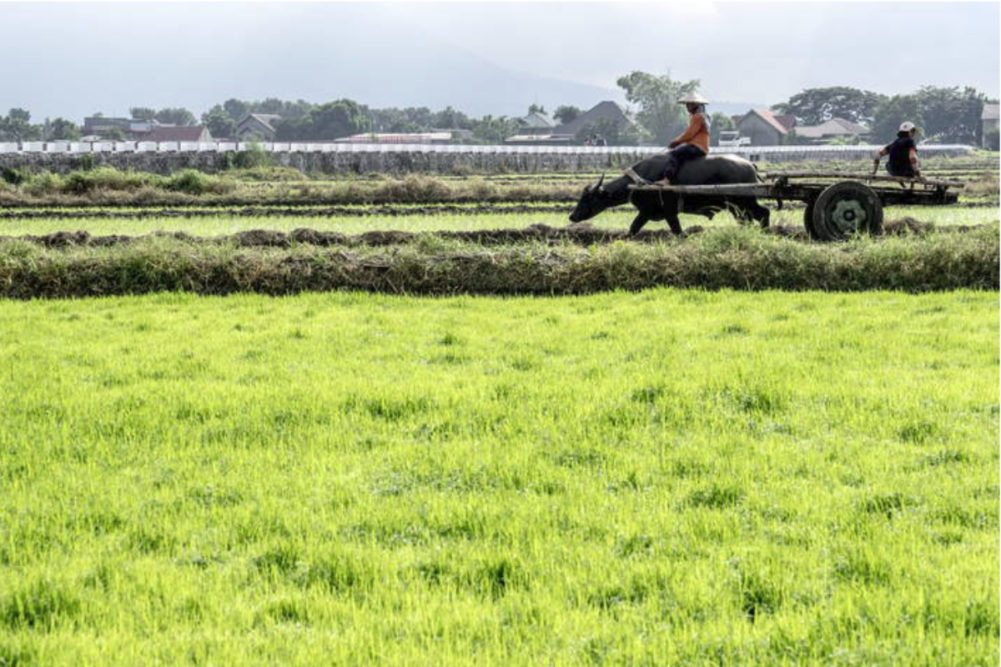ROME, ITALY — While food markets will face uncertainty in coming months because of the coronavirus (COVID-19) pandemic, the agri-food sector is likely to show more resilience than other sectors, according to a new report from the Food and Agriculture Organization (FAO).
“The impacts of the COVID-19 pandemic have been felt — at varying degrees — across all food sectors assessed by FAO,” said Boubaker Ben-Belhassen, director of the FAO Trade and Markets Division. “Whilst COVID-19 has posed a serious threat to food security, overall, our analysis shows that from the global perspective, agricultural commodity markets are proving to be more resilient to the pandemic than many other sectors. That said, owing to the size of the challenge and the enormous uncertainties associated with it, the international community must remain vigilant and ready to react, if and when necessary.”
The FAO’s Food Outlook report forecasts production and market trends in 2020-21 for the world’s most traded food commodities — cereals, oil crops, meat, dairy, fish and sugar.
In spite of uncertainties posed by the pandemic, the FAO’s first forecasts for the 2020-21 season point to a comfortable cereal supply and demand situation. Early prospects suggest global cereal production in 2020 surpassing the previous year’s record by 2.6%.
World cereal trade in 2020-21 is projected to stand at 433 million tonnes, up 2.2% (9.4 million tonnes) from 2019-20, and setting a new record high, boosted by expected expansions in trade of all major cereals.
Despite subdued demand prospects linked, among other things, to the pandemic, the FAO’s latest 2019-20 forecasts for oilseeds and derived products point toward a tightening global supply-demand situation, triggered by a marked contraction in production.
Tentative forecasts for 2020-21 suggest that supplies could remain tight relative to demand.
The report has a special article that compares the current COVID-19 health crisis with the 2007-09 crises, identifying differences and commonalities across countries and food commodities, and examining the current and likely impacts of the pandemic, with a focus on international food markets.
It also provides an informative benchmark on how to return market functioning to normality, even if contagion rates remain unchecked.
The feature concludes that compared to the 2007-08 global food price crisis, the world is faring better now as global food production prospects are positive, stocks are high, international food prices are low and trade is broader-based with more importing and exporting countries. Furthermore, policymakers are now more experienced in dealing with global crises, as well as better informed and prepared.
However, although, globally, there is enough food for everyone, the significant decline in economic growth due to the pandemic has translated into an issue of access to food, limiting people’s ability to get enough or nutritiously enough food, especially in countries already hit by hunger and other crises even before COVID-19.
Follow our breaking news coverage of the coronavirus/COVID-19 situation.






